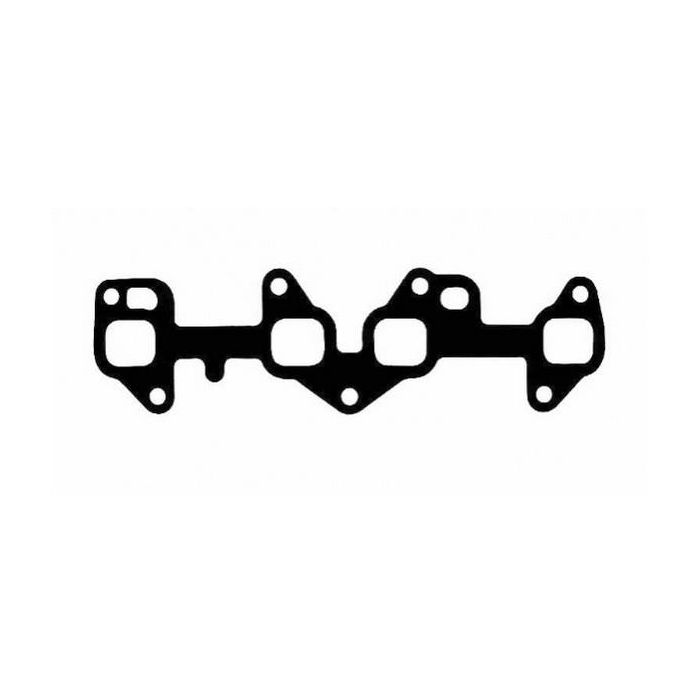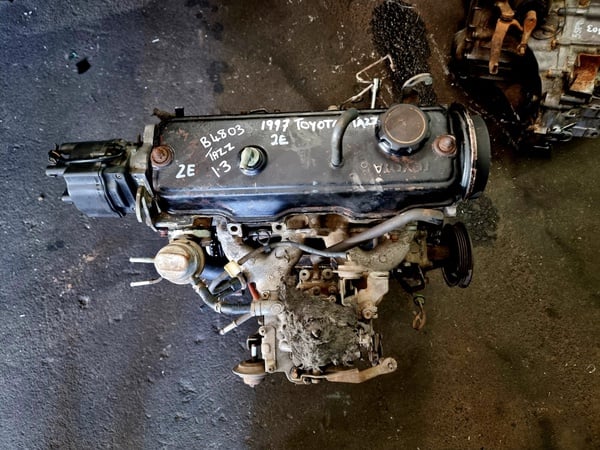Explore the Newest Trends in Engine Technology Through Tazz
In the rapidly evolving landscape of auto modern technology, Tazz stands at the leading edge, highlighting considerable developments in engine systems that prioritize both technology and sustainability. From crossbreed engines that enhance fuel performance to the introduction of hydrogen fuel cells, the fads forming contemporary powertrains are not only boosting performance but likewise dealing with vital ecological challenges.
Crossbreed Engine Innovations
Crossbreed engine technologies represent an essential shift in automotive innovation, combining the advantages of interior burning engines with electric propulsion systems. This assimilation not just enhances gas efficiency yet likewise lowers exhausts, conference significantly strict environmental regulations. By using both power resources, hybrid engines can maximize efficiency, providing power when required while conserving fuel during less demanding motoring problems.
Recent improvements in hybrid modern technology consist of renovations in battery effectiveness and regenerative stopping systems. These advancements permit better power recovery throughout slowdown, which can be rerouted to aid in velocity or power auxiliary systems. Makers are concentrating on portable layouts and lightweight products to maximize the performance of hybrid powertrains.
The advancement of plug-in hybrids has likewise expanded the marketplace, allowing motorists to charge their vehicles making use of typical electrical outlets. This attribute often enables for substantial all-electric range, more reducing reliance on conventional fuels. tazz. As the vehicle market continues to develop, hybrid engine innovations are anticipated to play an important function in bridging the space between traditional lorries and fully electrical models, giving a transitional remedy that satisfies varied consumer needs and preferences
Advances in Electric Powertrains
The automotive landscape is swiftly developing, with electric powertrains emerging as a leading force in lasting transportation. Breakthroughs in electrical car (EV) innovation are dramatically boosting user, efficiency, and efficiency experience. Key innovations consist of improvements in battery chemistry, which have increased power density, minimized billing times, and expanded general battery life.
Solid-state batteries, as an example, guarantee to reinvent the market by offering greater safety and security and effectiveness contrasted to conventional lithium-ion cells. Improvements in regenerative stopping systems are allowing automobiles to recover energy during deceleration, contributing to total effectiveness.
Along with battery innovation, electric motor layouts are ending up being a lot more sophisticated. Advancements such as incorporated motors and progressed thermal management systems are helping to optimize power distribution and reduce weight, ultimately improving car dynamics.

Collectively, these breakthroughs underscore the dedication to shift in the direction of cleaner, a lot more effective transportation services, positioning electrical powertrains at the center of auto technology.
The Increase of Hydrogen Fuel Cells
Progressively, hydrogen fuel cells are gaining grip as a feasible option to conventional internal burning engines and battery electrical cars. This technology harnesses the chemical power kept in hydrogen, converting it right into electrical energy with an electrochemical reaction with oxygen. The key byproduct of this process is water, making hydrogen fuel cells an eco-friendly option with zero discharges at the tailpipe.

Car manufacturers are significantly investing in hydrogen fuel cell innovation, identifying its possibility for long-range applications and rapid refueling abilities that equal standard gas. Additionally, sectors such as durable transport and public transit are especially fit for hydrogen gas cells, where battery electrical remedies might drop short due to weight and range limitations.
As research and find more information investment continue to expand, hydrogen fuel cells are poised to play a significant role in the future landscape of clean transportation and energy solutions.
Enhancements in Internal Combustion Engines
Innovations in inner combustion engine (ICE) technology are changing standard cars to meet modern-day environmental standards and performance assumptions. Direct gas injection, for circumstances, enables for better atomization of gas, leading to more full combustion and boosted power outcome.
Additionally, turbocharging has web actually acquired prestige, enabling smaller engines to supply higher efficiency without the weight of larger engines - tazz. This modern technology not only enhances effectiveness but likewise contributes to reduce gas usage. Variable shutoff timing systems are likewise being improved, allowing engines to adjust to different driving problems for enhanced torque and responsiveness
Moreover, the usage of light-weight materials in engine building and construction is coming to be standard, more improving gas efficiency by minimizing overall car weight. Engine control devices (ECUs) are increasingly advanced, making it possible for real-time modifications that enhance efficiency and emissions.
These enhancements jointly signify a critical change in ICE modern technology, aligning with worldwide sustainability objectives while still giving the performance chauffeurs anticipate from their lorries. As the sector evolves, these enhancements proceed to form the future of typical automotive engineering.
Future Patterns in Engine Effectiveness
Considerable innovations in engine efficiency are anticipated as producers concentrate on incorporating sophisticated technologies to satisfy rigorous ecological laws and customer needs. The change in the direction of electrification, crossbreed systems, and different gas is improving the automotive landscape, driving innovations that enhance fuel economy and reduce emissions.
One of the key trends is the execution of innovative products and making strategies. Light-weight compounds and high-strength alloys add to decreased car weight, therefore enhancing overall efficiency. Additionally, the fostering of turbocharging and variable shutoff timing modern technologies permits boosted power outcome from smaller sized engines, better boosting gas economic climate.

Final Thought
Advancements in hybrid engine systems, electric powertrains, and hydrogen fuel cells demonstrate a commitment to minimizing exhausts while boosting performance. Improvements in interior combustion engines and an emphasis on light-weight products add to total engine efficiency.
From hybrid engines that optimize fuel effectiveness to the appearance of hydrogen gas cells, the trends shaping modern powertrains are not only enhancing performance however likewise resolving essential environmental challenges.Hybrid engine innovations stand for a pivotal change in auto modern technology, incorporating the advantages of inner burning engines with electric propulsion systems.Furthermore, turbocharging has gained prominence, allowing smaller sized engines to supply greater performance without the weight of larger engines. Additionally, the fostering of turbocharging and variable shutoff timing innovations enables for improved power result from smaller sized engines, additionally improving fuel economic situation.
Renovations in interior combustion engines and a focus on light-weight products contribute to overall engine efficiency.
Comments on “Toyota Tazz: A Compact Car That Offers Big Value and Long-Term Durability”